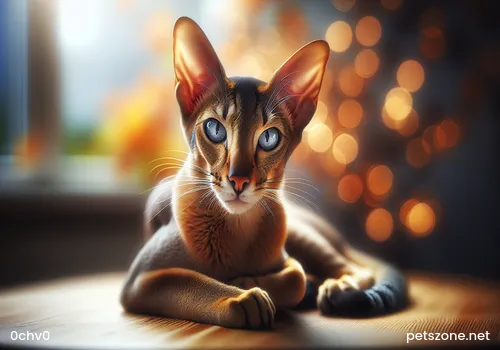Is Sleeping Really a Cat's Hobby?

Sometimes when asking cat owners what their cats usually like to do at home, the owner rolls their eyes and says, "What else can they do but sleep, not moving at all." Uh... indeed, sleeping is one of the most common cat behaviors at home. Cats often use various poses to sleep, such as lying on us, sleeping on their backs with all four paws up, or hanging on a cat tree in a 9.9-point difficult posture. These strange sleeping postures often make us sigh and wonder, do cats really love sleeping that much?
In fact, looking at the duration, cats have arguably the longest sleeping time among mammals, unmatched by any other. According to folklore, cats missed being included in the "Twelve Zodiac Signs" because of their excessive sleepiness, highlighting their fondness for sleep. Of course, this is a joke to some extent, but one fact remains: cats sleep multiple times a day, with each nap under an hour, yet their total daily sleep time is not short.
If owners carefully observe a sleeping cat, they will find that cats wake up instantly at even the slightest sound. This is because cat sleep is divided into light sleep and deep sleep. Most of the time, cats are in a light sleep state. Although they appear asleep, they remain highly alert. In light sleep, cats do not get full rest, similar to humans taking a nap. Cats only enter deep sleep when truly relaxed, usually adopting very comfortable postures like lying on their back twisted like a pretzel, while in light sleep they mostly lie down flat. Cat sleep cycles as light sleep—deep sleep—light sleep repeatedly, with light sleep lasting a long time. Therefore, the actual restful and relaxing sleep time is not very much; cats typically get only 5 to 6 hours of true rest daily.
Cats’ sleeping behavior can sometimes be puzzling. For example, many owners suffer being woken up by their cats in the middle of the night when they are sleeping soundly. Why are cats, who can sleep so much, so energetic when it’s time to sleep? The reason is simple: as natural hunters, night is the time when prey comes out to forage. In the darkest hours before dawn, only cats’ bright eyes can see everything clearly; cats can track prey movements while prey cannot see the cats. This makes hunting easiest at night. As domestic cats still carry hunter’s blood, their primal instincts keep them most awake and alert during early morning hours.
The frequency and duration of cats’ naps during the day are influenced by many factors, such as hunger, mating, age, climate, and so on. Cats sleep less when hungry, cold, or in heat; kittens and elderly cats sleep longer than healthy adult cats; in a warm climate, sleep duration is much longer.
At the same time, owners need to watch out for abnormal excessive sleep behaviors, such as cats sleeping all day long and seeming lethargic. This could indicate illness, such as a cold with fever causing sleepiness. However, sleepiness caused by illness usually comes with other symptoms, so timely detection and treatment are important.
Additionally, cats also have their own preferences for sleeping spots and strive to find the most comfortable place. For example, they sleep near heaters but often end up burning their tails; mother cats and kittens sometimes squeeze together in cozy places, which can risk suffocation of the kittens; sometimes cats damage furniture or items trying to find a good sleeping spot. As a cat owner, you definitely need to be aware of these behaviors.



